- About us
- Support the Gallery
- Venue hire
- Publications
- Research library
- Organisation chart
- Employment
- Contact us
- Make a booking
- Onsite programs
- Online programs
- School visit information
- Learning resources
- Little Darlings
- Professional learning
Patrick White (1912–1990), novelist and playwright, is the only Australian author to have won the Nobel Prize for Literature (in 1973). White was born in London to a family of Hunter River graziers and spent his youth between England and Australia, at one point returning from study abroad to work as a jackeroo. After a spell as an intelligence officer in North Africa during World War II, he returned to Australia with Manoly Lascaris. The two men lived first at rural Castle Hill, north of Sydney, and later in Centennial Park, partners for fifty years while White’s friendships with many others were turbulent and often cruelly curtailed. White’s novels include The Aunt’s Story, The Tree of Man, Voss, Riders in the Chariot, The Vivisector, The Eye of the Storm, and The Twyborn Affair. During the 1970s, becoming increasingly depressed at Australians’ complacency and superficiality, White spoke out on various political issues including nuclear disarmament and heritage preservation. He refused honorary doctorates from Cambridge, the University of Sydney and the Australian National University. Flaws in the Glass (1981) is White’s ‘straight’ autobiography. By contrast, Memoirs of Many in One (1986) is a novel in which the elderly female protagonist – a kind of exuberantly cross- dressed White – delights in taunting her prim old friend, the character Patrick White. David Marr’s superb biography of White was published in 1991; shortly before he died, White read the manuscript, and wept, but did not request any changes.
William Yang (b. 1948) is a Sydney- based freelance photographer. Born in North Queensland, he briefly studied architecture at the University of Sydney before embarking on his career in photography. Since the early 1990s he has exhibited widely and staged a number of solo shows. His performances with images, including Sadness (1992) have been acclaimed throughout the world; in 2003 Sydney’s Belvoir Theatre put on a four-part retrospective, The Journeys of William Yang. Yang was part of White’s circle from 1977 onwards, and documented aspects of his life and work in the book Patrick White: The late years (1995). This was one of the first works purchased for the National Portrait Gallery’s collection.
Purchased 1998
© William Yang



On one level The Companion talks about the most famous and frontline Australians, but on another it tells us about ourselves.
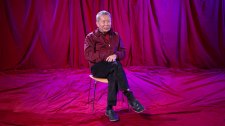
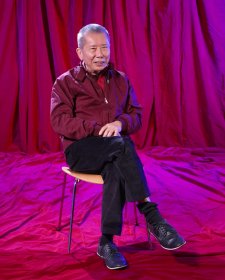
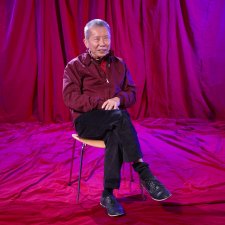
William Yang on his heritage and becoming a photographer in the 70s.
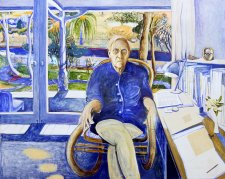
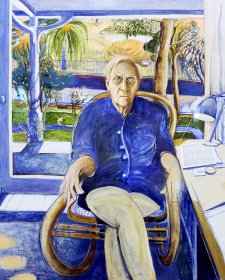
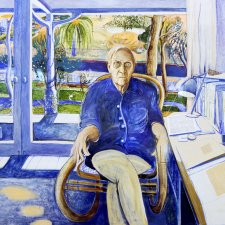
Sarah Engledow describes the fall-out once Brett Whiteley stuck Patrick White’s list of his loves and hates onto his great portrait of the writer.